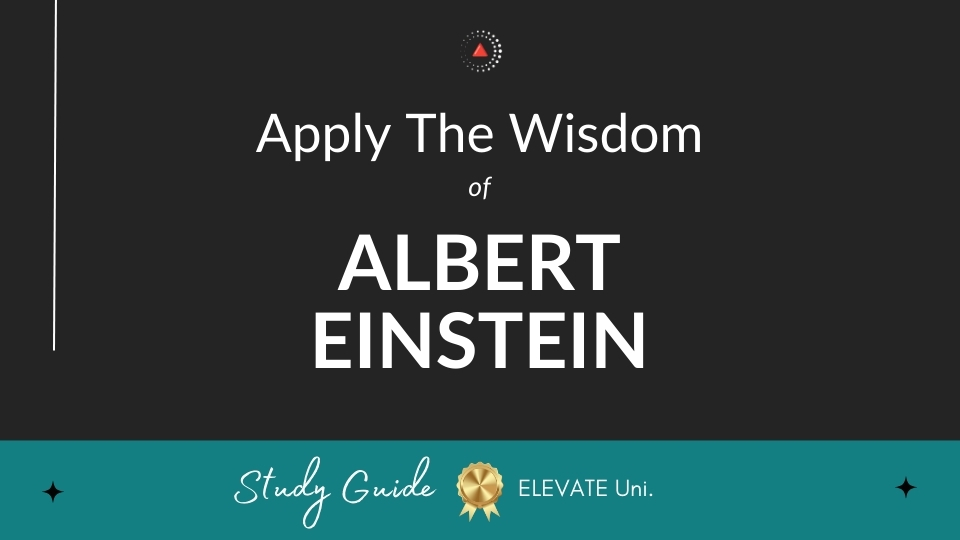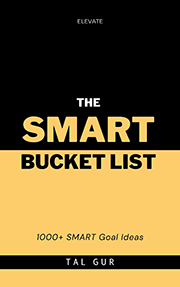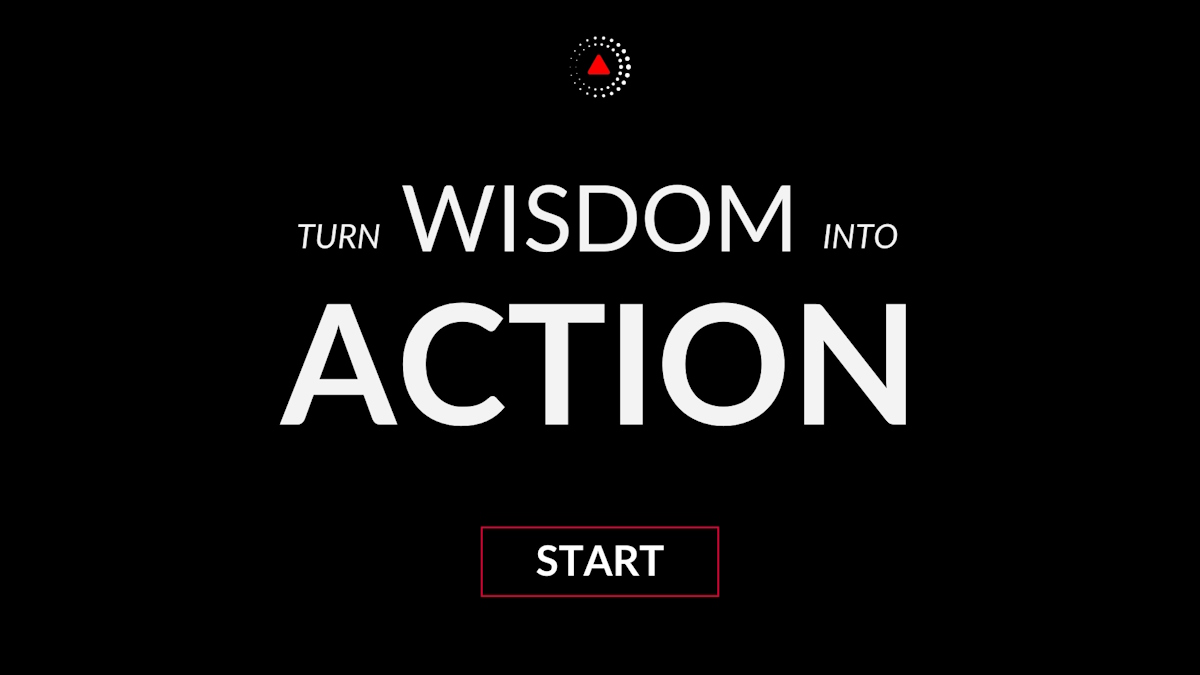It is harder to crack prejudice than an atom.
What's the meaning of this quote?
Quote Meaning: The quote "It is harder to crack prejudice than an atom" encapsulates a profound truth about human nature and societal dynamics. At its core, this statement emphasizes the enduring and formidable nature of prejudice, contrasting it with the immense energy required to split an atom in nuclear physics. Understanding the meaning behind this quote requires delving into the complexities of both prejudice and atomic physics, and exploring the implications they hold for society.
Prejudice, deeply ingrained in human psychology, refers to preconceived notions or judgments about individuals or groups based on stereotypes, biases, or limited information. It operates on various levels, from subtle biases that subtly influence perceptions to overt discrimination that fuels systemic injustices. Unlike physical entities, prejudice exists in the realm of human consciousness, intertwined with culture, history, and personal experiences. Its roots can be traced back through generations, reinforced by social norms, media portrayals, and intergroup dynamics.
The comparison to cracking an atom draws attention to the formidable challenge of overcoming prejudice. Splitting an atom involves immense energy, as seen in nuclear reactions, where atomic nuclei are broken apart to release enormous amounts of energy. Similarly, dismantling prejudice requires significant effort, introspection, and societal change. It demands confronting deeply entrenched beliefs, challenging societal structures, and fostering empathy and understanding across diverse groups.
The analogy also highlights the potential consequences of both endeavors. While splitting an atom can unleash tremendous power, as demonstrated by nuclear energy and weapons, combating prejudice yields profound social benefits, including greater inclusivity, equity, and harmony. However, just as nuclear power carries risks of devastation if mishandled, efforts to eradicate prejudice can face resistance, backlash, and unforeseen challenges.
Moreover, the quote suggests that the persistence of prejudice may surpass the complexities of atomic physics. While scientists have made significant strides in understanding atomic structure and harnessing its power, eliminating prejudice remains an ongoing and multifaceted struggle. Despite advancements in psychology, sociology, and education, prejudice continues to manifest in various forms, adapting to changing social dynamics and perpetuating inequality.
In essence, the quote underscores the formidable nature of prejudice and the enduring challenge of eradicating it. It serves as a reminder of the collective responsibility to confront bias, foster empathy, and cultivate a more inclusive society. Just as splitting an atom requires concerted effort and expertise, dismantling prejudice demands sustained commitment, dialogue, and action at individual, institutional, and societal levels. Ultimately, by recognizing the magnitude of this challenge, we can strive to create a world where prejudice holds no power, and diversity is celebrated as a source of strength and enrichment.
Who said the quote?
The quote "It is harder to crack prejudice than an atom." is often attributed to Albert Einstein (Bio / Quotes). Albert Einstein was a German physicist and Nobel Prize winner who is widely regarded as one of the most influential scientists in history.
Applying the quote to your life
Unlock Einstein's wisdom and apply it to your life by getting the in-depth Albert Einstein Workbook & Study Guide, complete with top quotes, insightful commentary, reflective questions, and practical uses for everyday life. 👇
To apply more wisdom, get the All-Access Pass, which includes hundreds of study guides from the world's top minds. These include deep insights from individuals such as Nelson Mandela, Steve Jobs, and Albert Einstein, as well as some of the top authors and personal development books.
What are Albert Einstein's Best Quotes?
Watch on Elevate's YouTube channel and be sure to subscribe for more wisdom and insights from the world's top minds.
Subscribe on YouTube to get the latest quote videos delivered straight to you:
Is there a historical example that illustrates the message of the quote?
A powerful historical example of the difficulty in overcoming prejudice can be seen in the Civil Rights Movement in the United States during the 1950s and 1960s. Despite the efforts of countless individuals and groups, deeply ingrained racial prejudices and systemic racism proved remarkably resistant to change.
Take the case of Rosa Parks and the Montgomery Bus Boycott of 1955. Parks, an African American woman, famously refused to give up her seat to a white person on a segregated bus in Montgomery, Alabama. Her act of defiance became a pivotal moment in the struggle for civil rights. Yet, the boycott that followed was not just a matter of protesting one act of racial discrimination. It required an intense, sustained effort to dismantle a pervasive system of prejudice that had been entrenched for decades.
The boycott involved not just economic and social pressure but also a profound shift in public attitudes and institutional policies. Even after the Supreme Court ruled segregation on public buses unconstitutional, the broader societal prejudices that supported racial segregation and discrimination persisted for years. The struggle for civil rights was not just about changing laws; it was about changing hearts and minds, a far more complex and enduring challenge.
This example illustrates the quote’s message that prejudice is as stubborn and resistant to change as the most complex scientific problems. Just as cracking an atom requires extraordinary effort and precision, dismantling deeply ingrained biases and prejudices demands persistent and multifaceted approaches.
How can the quote be applied in a real-life scenario?
In real life, the quote “It is harder to crack prejudice than an atom” serves as a reminder of the deep-seated nature of personal and societal biases. Imagine a workplace where gender inequality persists despite formal policies promoting equality. A company might have rules in place to ensure equal pay and opportunities, but changing the underlying prejudices that influence hiring, promotion, and everyday interactions can be far more challenging.
For instance, if a woman is consistently overlooked for promotions in favor of her male colleagues, it might not always be due to explicit discriminatory practices. Often, it’s subtle biases and long-standing stereotypes about gender roles that affect decision-making. Addressing these biases requires more than just enforcing policies; it involves actively educating employees, creating an inclusive culture, and challenging entrenched norms that perpetuate inequality.
To effectively tackle these issues, leaders might implement ongoing training programs to address unconscious biases, create support networks for underrepresented groups, and foster an environment where open dialogue about discrimination and inclusion is encouraged. This process involves patience, continuous effort, and a willingness to confront uncomfortable truths—much like the painstaking work required to crack an atom.
In summary, applying the quote to real-life scenarios highlights the importance of recognizing that overcoming prejudice involves more than superficial changes. It requires deep, sustained effort and a multifaceted approach to truly transform attitudes and behaviors.
Chief Editor
 Tal Gur is an author, founder, and impact-driven entrepreneur at heart. After trading his daily grind for a life of his own daring design, he spent a decade pursuing 100 major life goals around the globe. His journey and most recent book, The Art of Fully Living, has led him to found Elevate Society.
Tal Gur is an author, founder, and impact-driven entrepreneur at heart. After trading his daily grind for a life of his own daring design, he spent a decade pursuing 100 major life goals around the globe. His journey and most recent book, The Art of Fully Living, has led him to found Elevate Society.






















